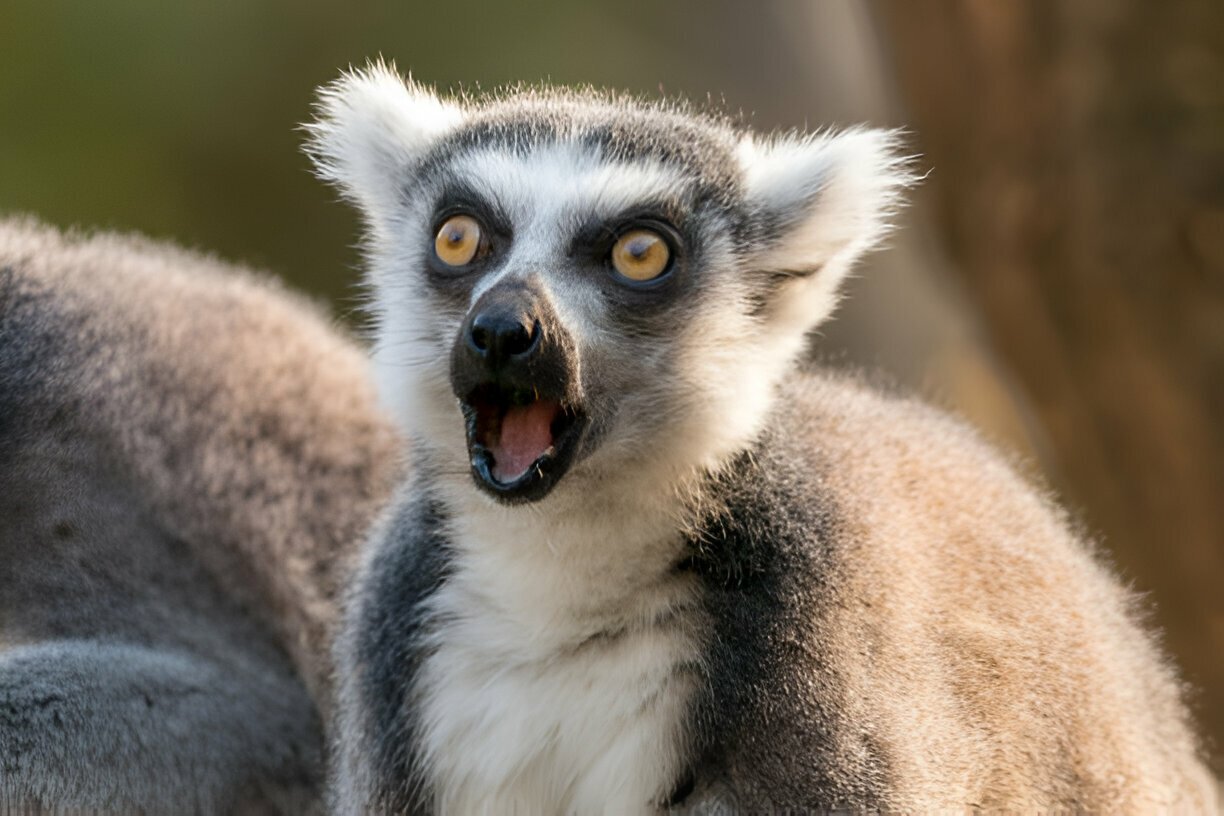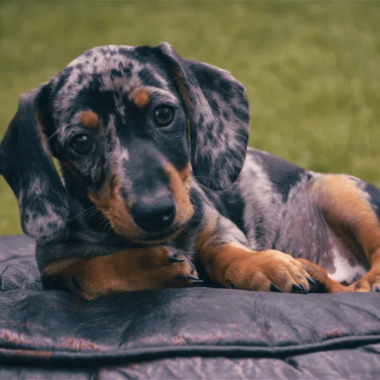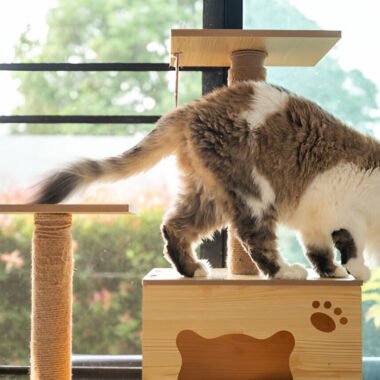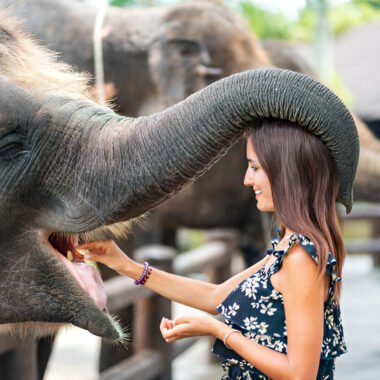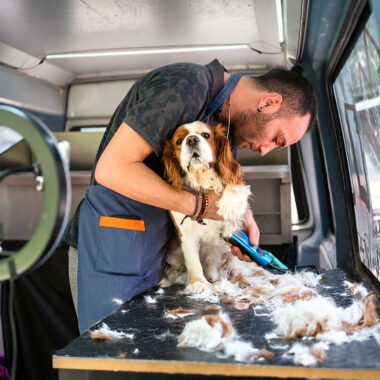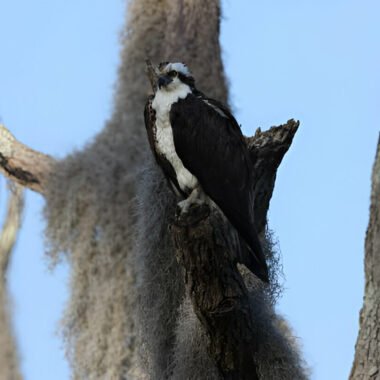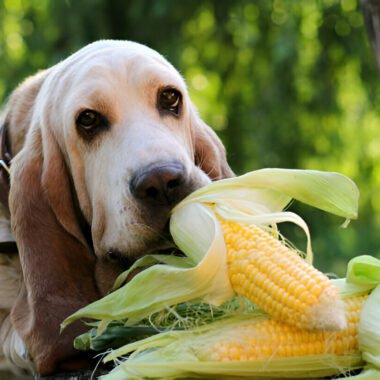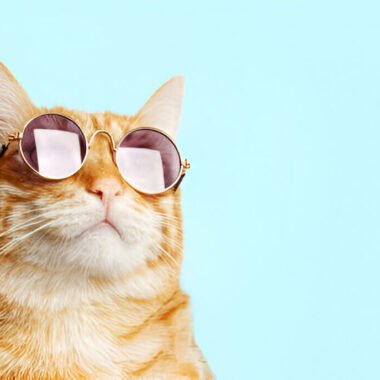Table of Contents
Introduction
Breeding animals is a practice as old as civilization itself, but some creatures in the animal kingdom may leave you scratching your head in disbelief. From exotic pets to unconventional farm animals, the world is full of surprises when it comes to breeding. Let’s delve into the fascinating realm of animals you won’t believe can be bred.

Axolotl
Axolotls, with their peculiar appearance resembling a smiling creature from a fantasy realm, are captivating amphibians native to Mexico. Despite their delicate features, these creatures are surprisingly easy to breed in captivity. Their ability to regenerate lost limbs and organs adds to their allure, making them a popular choice for hobbyists and researchers alike.

Savannah Cat
Savannah cats, bred by crossing domestic cats with servals, are renowned for their striking resemblance to their wild counterparts. Breeding Savannah cats involves careful selection to maintain their distinctive appearance and friendly temperament. However, challenges such as fertility issues and hybrid regulations pose obstacles to breeders.

Wolfdog
Wolfdogs, hybrids of wolves and domestic dogs, blur the line between wild and domestic. Despite their majestic appearance, breeding wolfdogs requires expertise and caution due to their complex social dynamics and potential for unpredictable behavior. Legal restrictions and ethical concerns further complicate the breeding of these enigmatic creatures.

Muntjac Deer
Muntjac deer, known for their diminutive size and elusive nature, are surprising candidates for breeding. These miniature deer species have adapted well to various environments, making them suitable for captive breeding programs. However, their prolific breeding habits can present challenges in managing populations and ensuring genetic diversity.
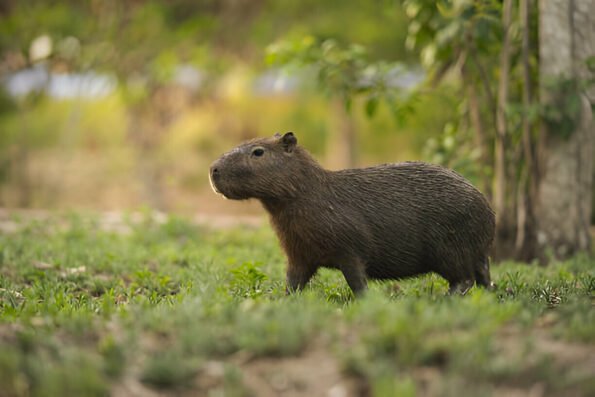
Capybara
Capybaras, the world’s largest rodents, may seem unlikely candidates for breeding due to their size and unique social structure. Yet, these gentle giants have become popular exotic pets in some regions, leading to increased interest in captive breeding programs. Cultural considerations and habitat requirements pose significant challenges in successfully breeding capybaras.
Conclusion
The world of animal breeding is full of surprises, with seemingly unlikely candidates proving to be fertile ground for exploration. From axolotls to capybaras, the diversity of life on Earth never ceases to amaze. As we continue to unlock the mysteries of nature, let us approach breeding with curiosity, respect, and a sense of wonder for the marvels that surround us.
AQs
- Can anyone breed these animals at home?
- Breeding certain animals may require specialized knowledge, permits, and facilities. It’s essential to research and understand the legal and ethical considerations before attempting to breed exotic or unconventional animals.
- Are there any risks associated with breeding these creatures?
- Yes, breeding exotic animals can pose risks to both the animals and the breeders. It’s crucial to prioritize the welfare and conservation of the species involved and to seek guidance from experts in the field.
- What role do breeding programs play in conservation efforts?
- Breeding programs can contribute to the preservation of endangered species and genetic diversity. However, careful planning and coordination are necessary to ensure the long-term success of such initiatives.
- Are there any regulations regarding the breeding of exotic animals?
- Yes, many countries have laws and regulations governing the breeding, sale, and ownership of exotic animals. It’s essential to familiarize yourself with these regulations to avoid legal issues and protect the welfare of the animals.
- How can I learn more about responsible animal breeding practices?
- There are numerous resources available, including books, websites, and educational programs, that provide information on responsible breeding practices and animal welfare. Additionally, seeking guidance from experienced breeders and conservationists can offer valuable insights.

